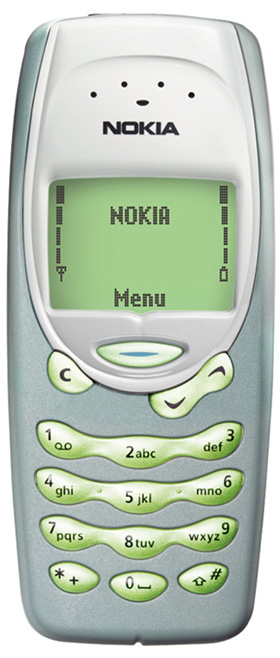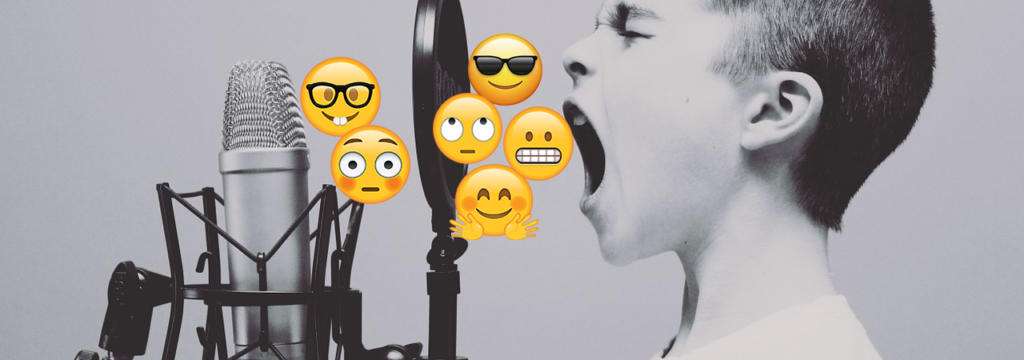Another orbit of the sun complete, and just like that, it’s time for another World Emoji Day. July 17, a day for celebration since 2014 AD. And rightly so. After all, it is difficult to deny the prevalence of those small images. They are a part of all of our lives, regardless of our age. And if you are someone that texts, frequents social media, or — to some degree — writes emails, then you are more than likely someone that is well-versed in what they are and how to use them. If not, then you probably have not tried out the state-of-the-art technology known as the Internet.
Emoji’s are powerful. While a simple “Hey :)” can quite often be a nice text to receive from a friend or somebody that you are interested in, in other realms it can come across as unprofessional — whatever that means these days — and even lead to negative consequences when interpreted wrongly. Similarly, the meaning behind a phrase such as “I really hate you” can be altered instantly with the addition of a colon and a capital P (i.e., I really hate you :P).
Emoji’s can change the tone of an entire word, sentence, or message entirely. They can enhance the reader’s ability to understand the writer. They can allow for relationships to blossom when individuals, for example, realise that their emotions or sarcastic natures align with one another’s. And of course, emoji’s can save you time and space. In some way, emoji’s are the new hieroglyphics that can convey so much meaning in such little space — just without the need for intensive decoding.

In circumstances when you could write “I am happy”, you could also simply insert a smiley face to convey your emotion. When you could write “oh man, that was such a shock. I had no idea that you would say that”, you could also simply insert a 😮face.
Of course there is something to be said about the potential laziness, loss of vocabulary, spelling ability, or even how annoying it may be to be be bombarded with a constant influx of emoji’s, but you get the idea.
Emoji’s, overall, can allow for simple, enhanced communication. And what better evolution to our language than symbols that can speed up our ability to communicate with one another?
Language Evolution
Human language has evolved significantly throughout history. From the grunts and noises that our ancestors once used to communicate, to the “wherefore art thou’s” during the Shakespearean era, and all the way to the TTYL’s, BRB’s, lit’s, shill’s, shooks, and yeh, brah’s, that we see nowadays.
It is an interesting thought — and sight — to behold for what we’ve gone through. And while some might say that our ever-expanding catalogue of words comes with a cost that is leading to the decline of language, others might argue that our language creativity has unlocked a whole new level of communication.
What is the answer? Who knows. Only time will tell what the reality is in this situation. For now, it is obvious that not all writing styles are the same. Not only that, but most of us have the ability to hop between the various styles in any given circumstance.
Whether it be writing an essay, an email, a text, or birthday card, if we have enough experience, we can harness the ability to change our tone and writing style — and thus, our need for emoji’s — whenever we like. And that is not even discussing the different styles of writing that we tend to utilise depending upon the individual that we are communicating with. After all, how we may write a postcard to our grandmother can be a whole lot different to an essay we hand in to our philosophy professor.

The many styles of writing that we have on offer, including our ability to transition between them, allows for simple communication. It also enables us to establish somewhat hidden methods for dialogue, while also formulating communities, relationships, and of course, creating memes.
Language Today
Today, there are roughly 7000 languages in the world. The three most spoken languages of these 7000 include Chinese, English, and Spanish. Inside each of these includes more than 500,000 words in total. And on top of all of this exists the various emoji’s we make use of each and…
Read the full article at medium.com – click here.


